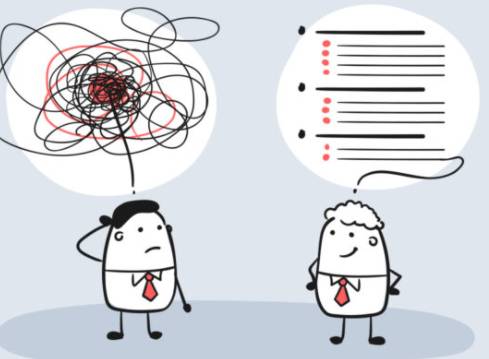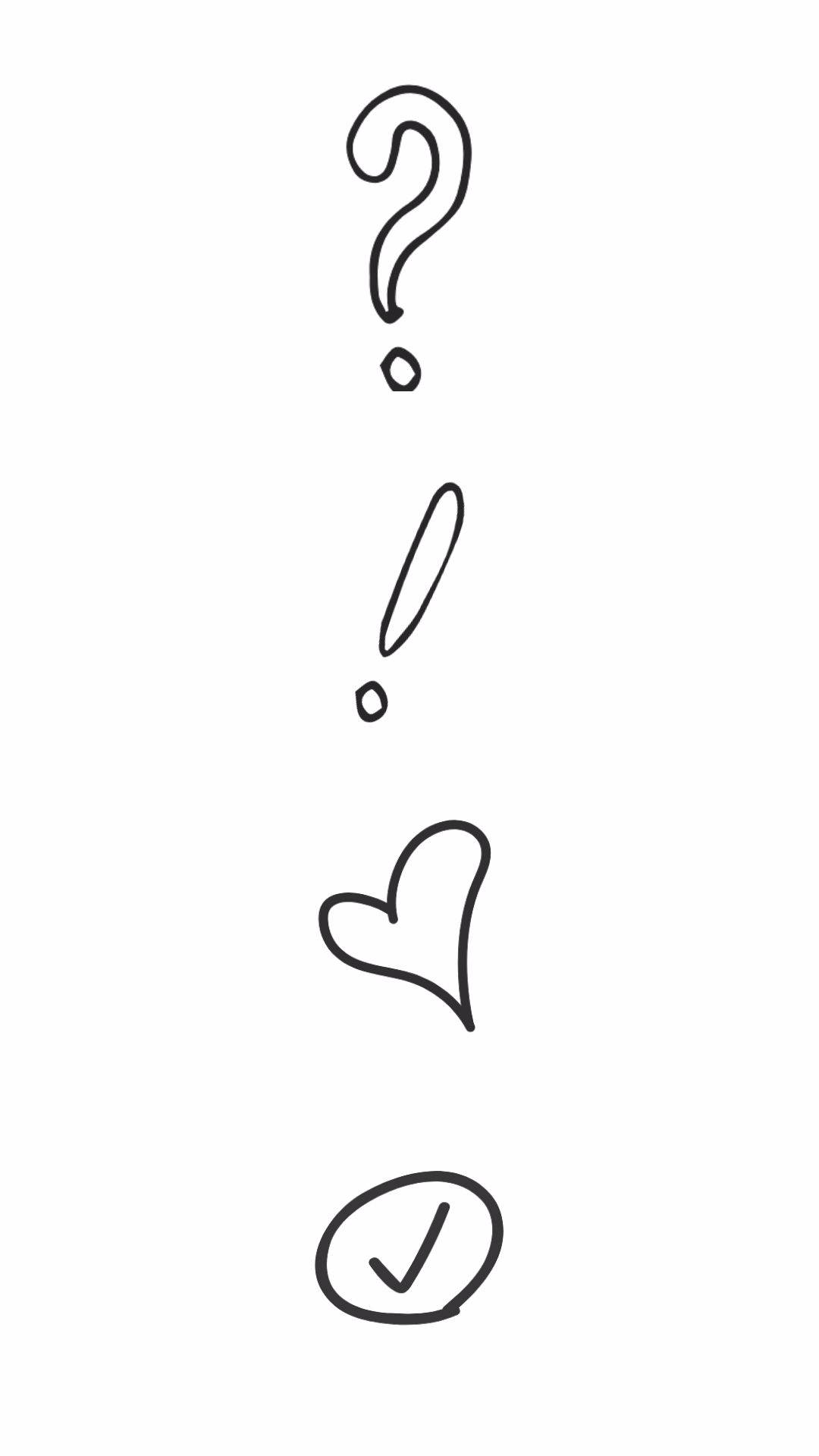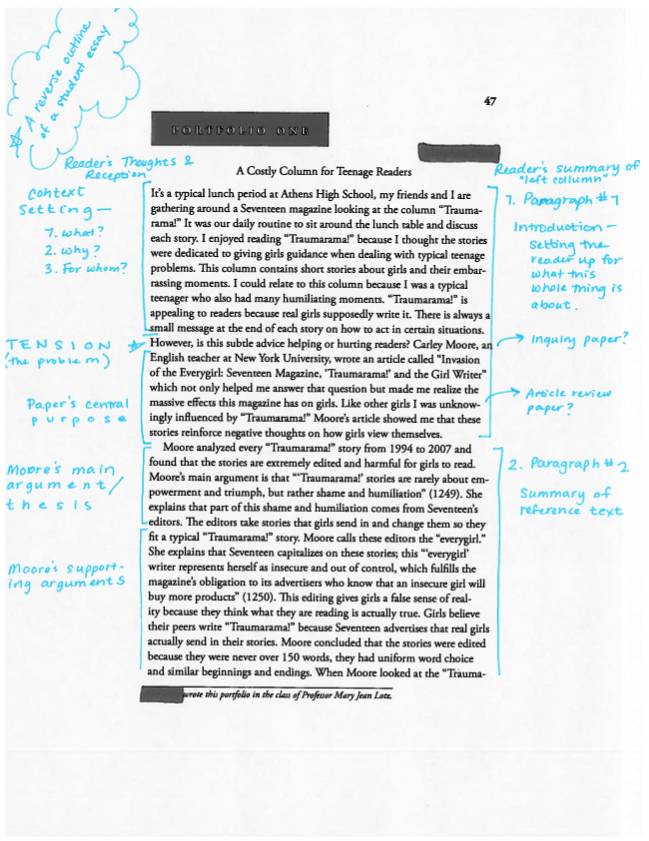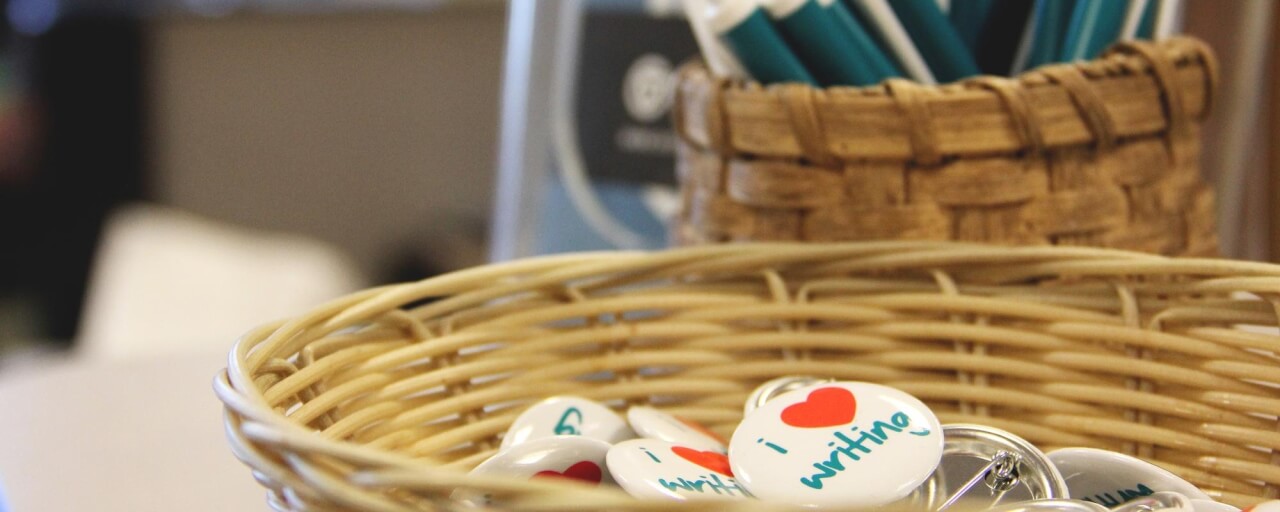Reverse Outline: What is it and how do I use it?
If you've ever worked with a writing consultant, you've probably been advised to "reserve outline" your draft. This is the gold star of the writing center -- the old faithful strategy for trying to clear up your ideas, organize your argument, and really make sure your writing is saying what you want it to be saying.
But what exactly is a reverse outline? This page will help you understand what it is, how to use it, and ways you can make it your own.
The Difference Between an Outline and a Reverse Outline

Hertzberb, K. (2017). How to write an outline: 4 ways to organize your thoughts. Retrieved from https://www.grammarly.com/
OUTLINE
An outline is an organizational tool used before the ideas are drafted in long form.
Writers use outlines to predict the organizational structure of their papers, structure their ideas as they research, draft, and/or use it to practice following a specific order before committing to the organization -- an order that may be predetermined by genre, assignment, or logic.
REVERSE OUTLINE
A reverse outline happens after a draft has been written. Rather than working as a planning and prediction tool, it is used as a reflection tool -- a kind of reality check for your draft. If you planned on writing an introduction that was catchy and informative, the reverse outline lets you check if that actually happened. How? The reverse outline distills your paper into it's main points, it's essence. What's left is a bullet point list or quick-reference description of what's actually in your paper.
Another way to think of reverse outlining is as summary or note-taking of your own text. It is a personalized, simplified representation of long text: a summary, a caption, a brief description. The key is that it represents what's really on the page -- not just what was intended to be there, necessarily.

Pro-tip: you can use reverse outlining for reading other texts too! It's a great note-taking tool.
What does a Reverse Outline Accomplish for a Writer?
A reverse outline can....
- Make sure your paper's doing what it's supposed to be doing -- meeting assignment guidelines, covering all of the intended content, including your sources, etc.
- Identify where there's missing information -- finding gaps in logic, topics, research, argument, etc.
- Show places where there may be misunderstanding or confusion -- clarifying intent and reality
When papers get longer or cover more complex ideas, the reverse outline can assist you in making sure that everything is working out. If it's not, the reverse outline will show you where and why.
What does a Reverse Outline Accomplish for a Reader?
Readers can use reverse outlines too! -- especially when doing peer review. Have you ever proofread a friend's paper and not known what to say? Well, a handy tool that never goes wrong is using a reverse outline when reading their work. If you provide your friend with a reverse outline, then they can learn the following...
- What you gained from the text
- Your interpretation of ideas
- Misunderstanding in reading or message
Beyond proofreading or peer review, using a reverse outline when reading anything will help you stay focused, engaged, and reflective of what you're learning from any text.
How do I make a Reverse Outline?
Here are the key ideas to keep in mind when creating a reverse outline:
- Make sure you're working with a draft rather than an outline or idea-map. Reverse outlines are most useful when the writer has moved beyond the planning phases and has attempted to represent their ideas in sentences, paragraphs, and sections. "Chunking" your paper into manageable sections is the best way to use a reverse outline.
- Come up with your own code. When summarizing or representing the ideas in the draft, you get to decide how you want to construct your reverse outline -- you can use a numbering system, symbols, brief phrases, questions, anything you like.
- Be sure you know the goal of the text -- and if you don't, you should ask. The reverse outline helps you meet goals; if you don't know what the goal is, the reverse outline is less useful. To do this, reference your assignment sheet or check the standards of the genre ("What is expected of me when I'm writing a Lab Report?").
What Should I Keep in Mind?
If you're having a hard time figuring out how to begin using a reverse outline, you can reference these key questions that might help guide you!
- Think of your thesis. Does every paragraph connect the way it should? Does every paragraph feel related to my argument?
- Think of your order. Does the paper feel "logical"? Do I have a beginning, middle, and end? Are like-ideas grouped together?
- Think of persuasion. Does my paper have enough support? Is it convincing? Are there holes in my argument? Have I considered a counter-argument?
- Think of clarity. Where might the reader get confused? Where am I confused? Do I ever have too many ideas in one paragraph? Do any paragraphs repeat ideas redundantly?
- Think of balance. Are any paragraphs too long or too short? Do I spend too much time on some ideas and not enough on others?
What Does a Reverse Outline Look Like?
The image below is of a sample student essay, found in the WRT 150 Green Book. If you click the link, you can view or download the entire Reverse Outline Sample.
The key takeaways from this sample are as follows:
- The reader uses the left column to summarize as they read -- to make notes
- The reader uses the right column to summarize the left column -- to refine their notes
- The reader is making assumptions based on the text
- The reader does not know the assignment guidelines, but does know that this paper was well-received by the WRT 150 community

Information used in the creation of this page can be found at "How to Write an Outline: 4 Ways to Organize Your Thoughts" by K. Hertzberg at grammarlyblog, and at "Reverse Outlines: A Writer's Technique for Examining Organization" by The Writing Center of University of Wisconsin -- Madison
Have other questions? Stop in and visit! Or call us at 331-2922.
[1726082793].jpg)

